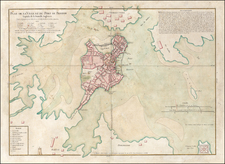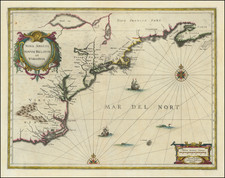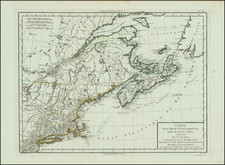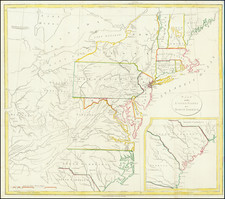Image showing an ancient Briton Pict, From De Bry's Grands Voyages.
In the English translation of this text, Thomas Hariot describes this image:
The trvve picture of one Picte I. IN tymes past the Pictes, habitans of one part of great Bretainne, which is nowe nammed England, wear sauuages, and did paint all their bodye after the maner followinge. the did lett their haire gro we as fare as their Shoulders, sauinge those which hange vppon their forehead, the which the did cutt. They shaue all their berde except the mustaches, vppon their breast wear painted the head of som birde, ant about the pappes as yt waere beames of the sune, vppon the bellye sum feere full and monstreus face, spreedinge the beames verye fare vppon the thighes. Vppon the two knees som faces of lion, and vppon their leggs as yt hath been shelles of fish. Vppon their Shoulders griffones heades, and then they hath serpents abowt their armes: They caried abowt their necks one ayerne ringe, and another abowt the midds of their bodye, abowt the bellye, and the saids hange on a chaine, a cimeterre or turkie soorde, the did carye in one arme a target made of wode, and in the other hande a picke, of which the ayerne was after the manner of a Lick, whith tassels on, and the other ende with a Rounde boule. And when they hath ouercomme some of their ennemis, they did neuerfelle to carye a we their heads with them."
Thomas Hariot, A Briefe and True Report of the New Found Land of Virginia.
Theodor de Bry (1528-1598) was a prominent Flemish engraver and publisher best known for his engravings of the New World. Born in Liege, de Bry hailed from the portion of Flanders then controlled by Spain. The de Brys were a family of jewelers and engravers, and young Theodor was trained in those artisanal trades.
As a Lutheran, however, his life and livelihood were threatened when the Spanish Inquisition cracked down on non-Catholics. De Bry was banished and his goods seized in 1570. He fled to Strasbourg, where he studied under the Huguenot engraver Etienne Delaune. He also traveled to Antwerp, London, and Frankfurt, where he settled with his family.
In 1590, de Bry began to publish his Les Grands Voyages, which would eventually stretch to thirty volumes released by de Bry and his two sons. The volumes contained not only important engraved images of the New World, the first many had seen of the geographic novelties, but also several important maps. He also published a collection focused on India Orientalis. Les Grands Voyages was published in German, Latin, French, and English, extending de Bry’s fame and his view of the New World.

![[ Pictish Man Holding Severed Head ] Picti icon By Theodor De Bry](https://storage.googleapis.com/raremaps/img/small/99837.jpg)








![[ Florida Indians - Destroying the Enemy's Towns By Night ] Hostium oppida noctu incendendi ratio. XXXI.er absagen](https://storage.googleapis.com/raremaps/img/small/97385.jpg)

![[Hand Drawn Map] Le Golfe de Mexique avec les Pays Circonvoisins](https://storage.googleapis.com/raremaps/img/small/91580.jpg)


